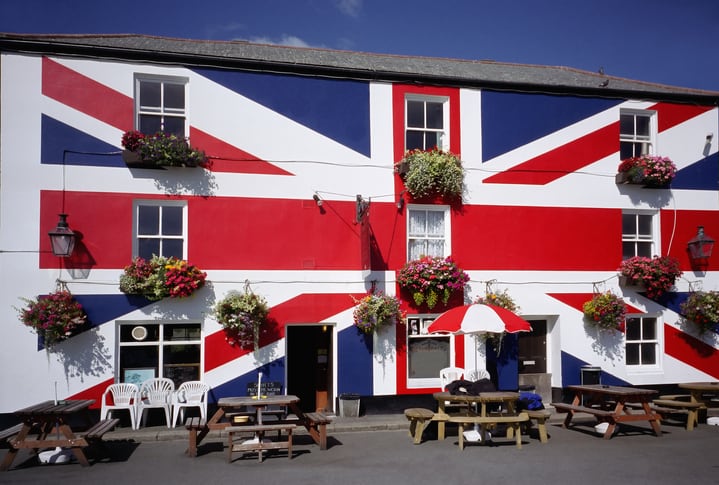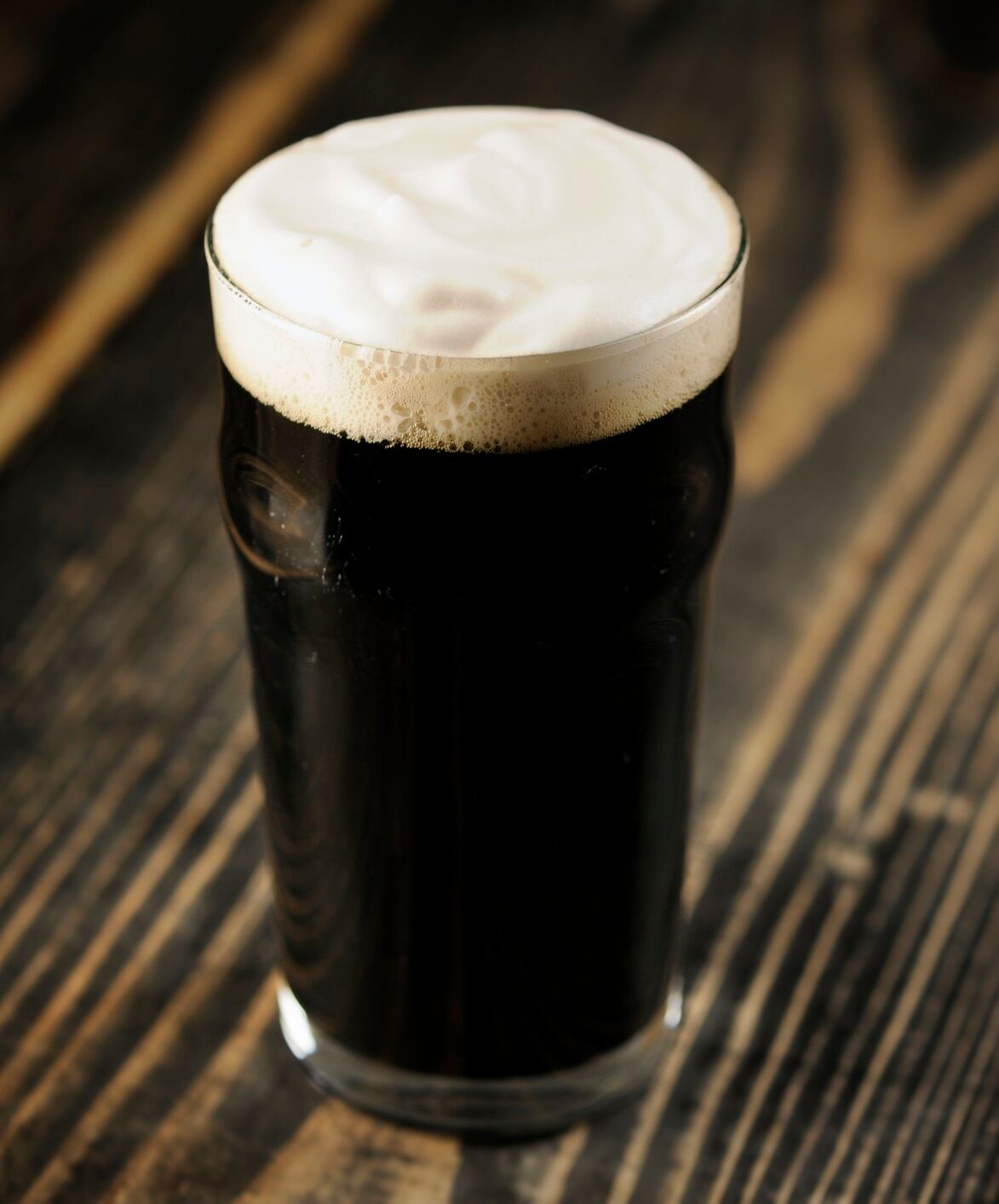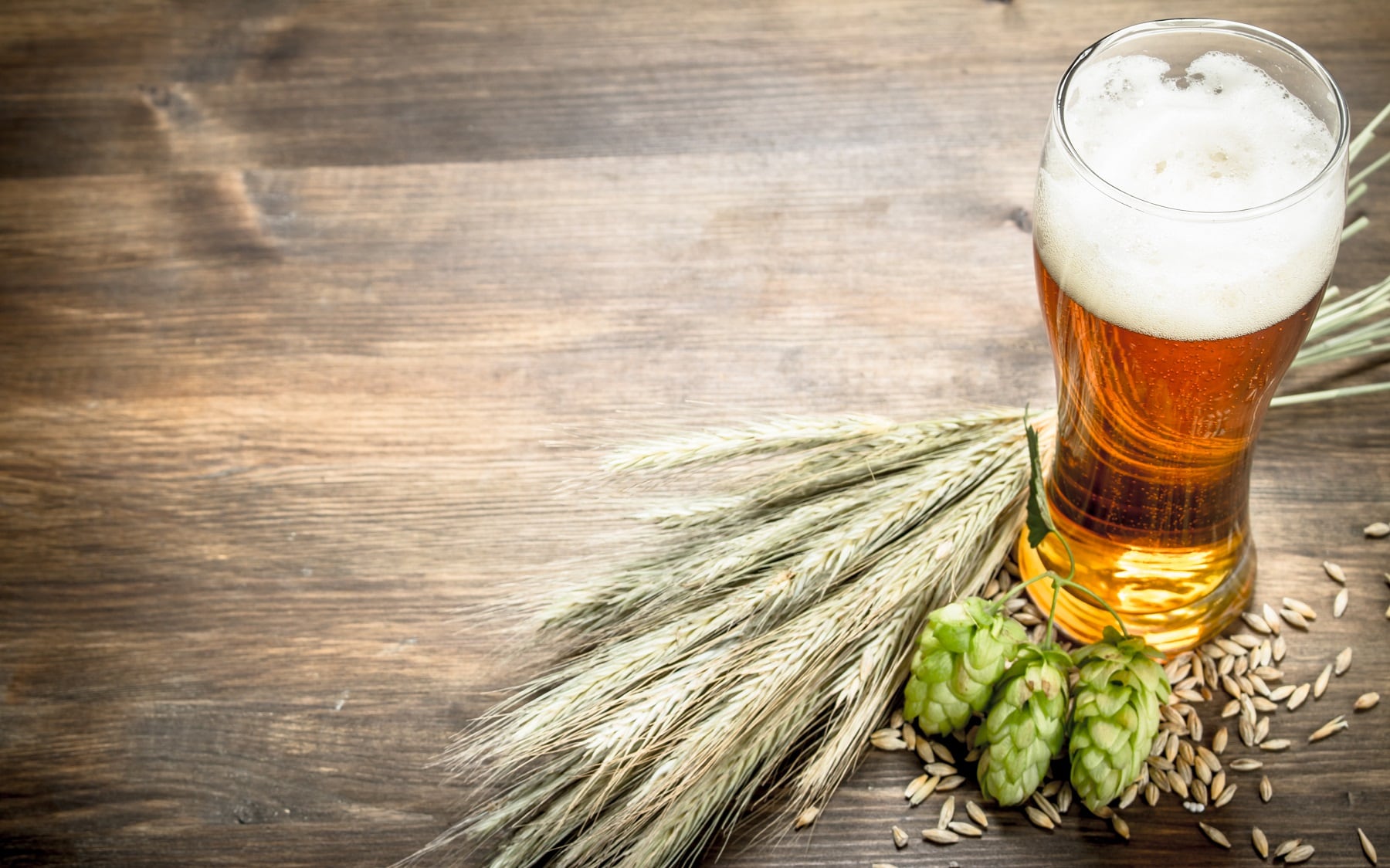The popularity of craft beer in the UK continues to grow, with consumers better educated than ever before in the choice available to them. But, on the other hand, the market is seeing increased saturation and competition which has led to a slowing rate of growth in brewery numbers.
“Is the craft beer bubble about to burst? That was the refrain from many quarters in 2018 as the market became increasingly saturated and rising costs and a floundering economy put growing pressure on small brewers,” notes SIBA.
“But the consumer love affair with craft beer appears to be far from over. Within the beer sector as a whole, craft remains one of the fastest growing categories.
“Looking ahead, the future for craft beer in the UK market looks bright and small independent breweries have all the qualities that our report suggests will be in growing demand in the coming months and years.”
Volumes edge up, brewery growth slows down
The volume of beer produced by SIBA members increased by 0.8% in 2018 from 2017, demonstrating continued growth from previous surveys. Volumes reached 2.86 million hl in 2018.
Despite a rise in sales, membership of SIBA has fallen significantly for the first time this year from 831 breweries in 2018 to 753 breweries at the start of 2019.
Meanwhile, while total brewery numbers in the UK for 2018 have yet to be finalised, estimates suggest that growth has slowed and overall numbers may have fallen, for the first time since the craft beer boom began.
Mike Benner, CEO, SIBA, said this indicates the start of a ‘likely period of consolidation for the sector’; but also reflects an increasingly competitive marketplace, continued pub closures and shrinking margins.

As a result, more breweries have closed this year than have opened.
Challenges for small brewers come in the shape of an increasingly saturated market; a shrinking pub market; rising costs and a floundering economy, says SIBA.
It is also a mixed picture for breweries themselves: 57% of survey respondents are expecting turnover to rise this year; while 25% are anticipating a fall in turnover – a larger number than previous years and a ‘sign of uncertainty in the market’ (in comparison, last year 63% of members expected an increase in turnover while 20% expected a decline in turnover).
Drinking less, but drinking better
Despite the challenges, SIBA observes that the “consumer love affair with craft beer appears to be far from over”.
“Within the beer sector as a whole, craft remains one of the fastest growing categories, with Marston’s On-Trade Report suggesting craft will continue to grow market share for the next five years as standard lager and keg ales decline by as much as 22.5% and 27.8% respectively.
“The consumer demand for premium products is key to craft’s on-going success. As the Millennial generation (currently aged 23-38) gives way to Generation Z (currently aged under 22), all indications are the consumers will be drinking less, but drinking better – choosing quality products such as local craft over mainstream beers.
"Demand for premium products is key to craft’s on-going success"
“Mintel’s consumer trends report also suggests younger consumers increasingly value and will seek out ‘genuine’ products with heritage, a hand-crafted nature and trusted values – all areas where craft beer has a proven track record.
"There are also opportunities to broaden craft’s appeal with female drinkers, harness the health conscious consumer and expand craft’s routes to market.”
SIBA says that brewers need to diversify and stop chasing the same taps with new routes to market: such as their own tap bars, micropubs, hotels, restaurants and new retail opportunities such as independent cinemas, hairdressers, street markets and online sales. A clear USP and good retail relationships are also important.
Of note is the increased importance of engaging with consumers via the brewery: 10% of SIBA brewers in the survey said that more than 25% of their turnover now comes from their shop, tap room and/or visitor centre, showing these direct retail outlets are increasingly important to small brewery businesses.
Friends or foes? Big beer and small craft
With standard lager and keg ale sales starting to drop off, SIBA says it was only inevitable that national and international brewers would react with ‘crafty’ products: either through new products or acquisitions.
“In 2018 the middle of the market – regional brewers – have also been reacting to the craft beer boom by placing more emphasis on their own brewing heritage, repackaging some of their beers to reflect the style and look of craft products, increasing the number of new beers and styles – particularly lagers – they have launched to market and entering the craft space through collaborations with smaller brewers.
“With bigger pockets than independent small craft brewers, it is likely all these products will continue to gain reach at retail.
More on UK craft beer:
There’s ‘huge growth’ in low and no alcohol brews, according to EeBriaTrade, and cans have gained prominence in the sector.
Craft acquisitions have included that of Camden Town by AB InBev; Magic Rock Brewing & Fourpure Brewing Co by Australian beer giant Lion; Meantime by Asahi (via SABMiller)
"The key for small brewers is to drive home to consumers the message that unlike ‘crafty’ beers, their products are truly local, hand produced on a small scale and made by a small business rooted in the community.
"SIBA commissioned a YouGov survey of consumers in August 2017 which showed a large majority (60%) of beer drinkers care where their beer comes from.
“There is also some evidence to suggest that ‘crafty’ beers are actually a gateway to consumers embracing local independent brewers’ beers.
"The 2018 Marston’s On Trade Report found that drinkers commonly go on a journey through different categories of beer to reach craft and will often start with standard lager then progress through ‘crafty’ beer to local independent craft beers.”
Beer styles
The UK is considered the third most innovative craft beer market worldwide, according to Mintel.
“This marks a move away from hoppy US New England IPAs to the more European styles of beer with UK brewers again showing more of an interest in styles from closer to home,” says SIBA.
The survey found that session beers are still leading the way in the UK beer market, with the average beer strength remaining at 4.2% and golden ales still the most popular style (90% of brewers produce at least one golden ale).

Other top styles include strong bitter/IPA and stout/porters.
“While session beers are still the most popular, consumers have progressed from the early days of the craft boom and become far more willing to experiment with new styles and flavours, which has opened up the market to more experimental brews and allowed brewers to let their creative juices flow.”
Meanwhile, the percentage of low alcohol beer has registered a considerable increase since last year, accounting for 5.3% of the market (up from 3.4% in 2017). “This number is likely to rise further in 2019 as health conscious consumer numbers grow.”
In total 22 breweries reported brewing low-alcohol beers, six more compared to findings from the previous survey in 2017.
Gluten-free, too, is seeing a rise in production: 9% of brewers report having a gluten-free beer in regular production, up from 8.9% in 2017 and 4.4% in 2016.
The future is female
The typical image of a craft beer drinker as middle-aged, white and male will change in the future, says SIBA.
Millennials and the following generation, Generation Z, are likely to drink alcohol less frequently and in lower volumes. Drinking alcohol to excess is likely to be frowned upon both for health reasons and because appearing ‘drunk’ on social media is not deemed fashionable.
But younger consumers are drinking more in restaurants: research from M&C Allegra found 25-34 year olds scored strongly for drinking beer at restaurtants, showing how there is a greater interest among younger consumers in pairing beer with food. Meanwhile, 18-24 year olds also scored highly.
While women are not currently dominate craft beer consumers (only 6% of women drink beer more than once a week, compared to 28% for men) SIBA sees that changing.
When SIBA looked at the consumer market in 2016 with M&C Allegra, women were found to be drinking more beer than the previous years. While only 16% of overall consumers reported drinking more beer now than 2-3 years previously, for women this was considerably higher – at almost 24% - ‘which proves there has already been historical growth in the female market’.
The SIBA British Craft Beer Report 2019
The British Craft Beer Report was compiled after a survey of 325 brewers, representing 43% of SIBA’s brewing membership. The full report can be found here.
Pictures: getty/jwarren79; getty/silberkorn

